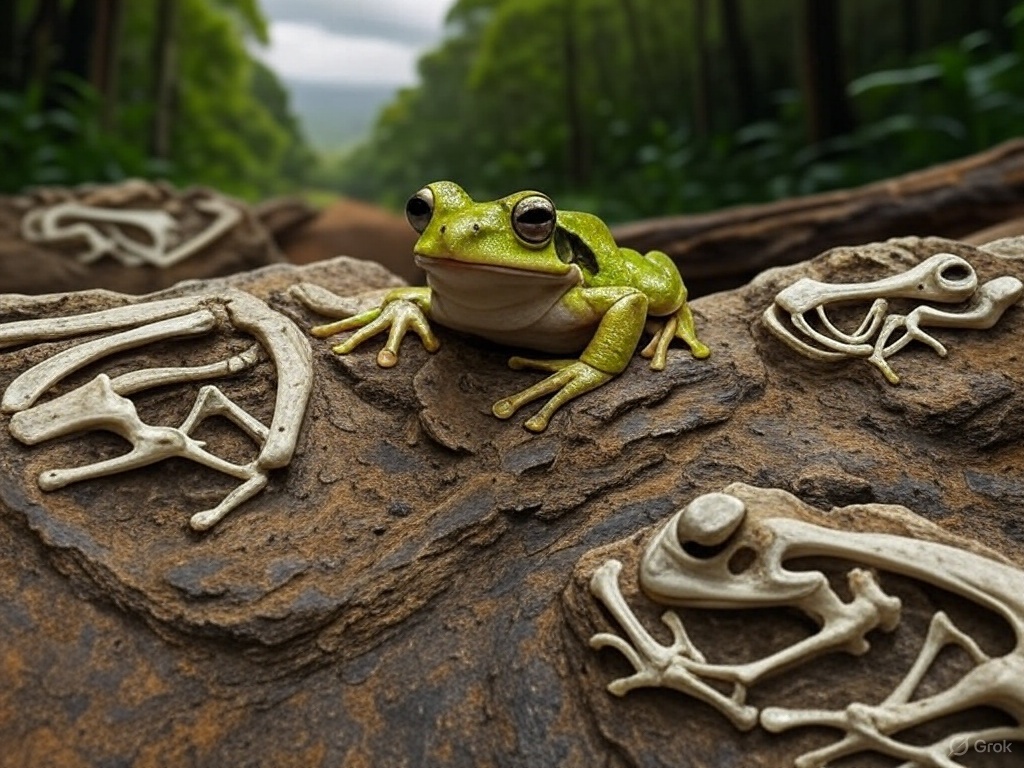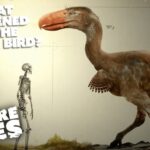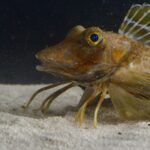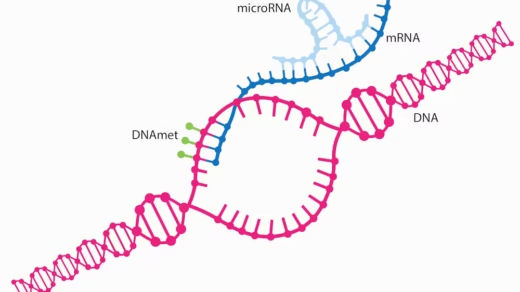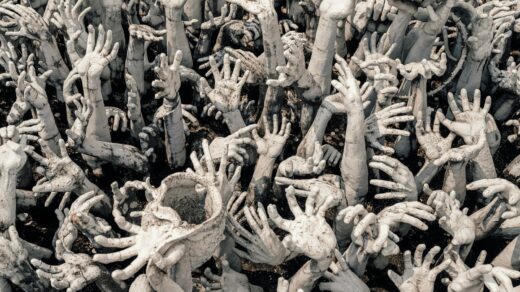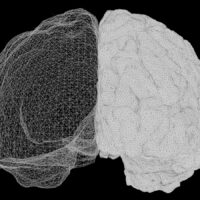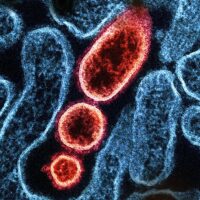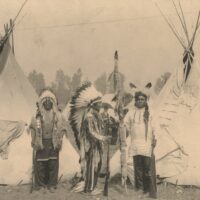key Findings
- Scientists found Litoria tylerantiqua, Australia’s earliest tree frog species, dating back 55 million years
- This extends the known fossil record of Australian tree frogs by approximately 30 million years
- The discovery challenges previous molecular clock estimates that Australian and South American tree frogs separated only 33 million years ago
The Discovery
Newly discovered evidence of Australia’s earliest species of tree frog is being used to rewrite the evolutionary timeline for when Australian and South American frogs were diverged. Previously, it was believed by scientists that Australian and South American tree frogs was separated from each other about 33 million years ago. However, in a groundbreaking study published in the Journal of Vertebrate Palaeontology, a new species, Litoria tylerantiqua, has been identified by palaeontologists from UNSW Sydney, and this timeline is pushed back significantly to around 55 million years.
“That date is indicated by our research to be at least 22 million years too young,” is explained by Dr. Roy Farman, adjunct associate lecturer with the UNSW School of Biological, Earth & Environmental Sciences.
Fossils from Murgon, which is located on the traditional lands of the Wakka Wakka people in south-eastern Queensland, are described. The species name, Litoria tylerantiqua, was given in honour of the late Michael Tyler, a famous Australian herpetologist, for his extensive research on frogs and toads.
“It is only fitting to name Australia’s earliest tree frog in honour of a man who was a giant in Australian frog research and in particular the first to explore the fossil record for Australian frogs,” was said by Dr. Farman.
Historical Pathway
55 million years ago, scientists assumed that Australia, Antarctica, and South America were still joined together as the last pieces of the supercontinent Gondwana. The climate at that period was warmer and the forest corridor is assumed to connect both the South America and Australia.
Before this new finding, the oldest Australian tree frogs had been dated to:
- In Late Oligocene (roughly 26 million years ago), with fossils found at Kangaroo Well in the Northern Territory and the Etadunna Formation in South Australia.
- In Early Miocene (about 23 million years ago), with fossils from the Riversleigh World Heritage Area in Queensland.
Research Methods
The research team employed cutting-edge technology to study these ancient amphibians:
- CT Scans: Rather than damaging preserved specimens, researchers used computed tomography to create virtual 3D models of frog skeletons
- Three-dimensional geometric morphometrics: This technique, rarely applied to fossil frogs, allowed researchers to compare the shapes of fossil bones with those of living species
“We had a real problem at the start of this study because the pelvic bones of most living frogs were invisible inside whole pickled frogs rather than available for study as skeletons,” Dr. Farman explains. “Museums understandably want to ensure these often unique or rare pickled specimens remain intact for molecular studies because DNA can be obtained from their soft tissues.”
By examining the shape of the fossil ilia—one of three bones forming each side of the pelvis—researchers determined that this new Murgon species is more closely related to Australian tree frogs (pelodryadids) than South American tree frogs (phyllomedusids).
The Survivors
Litoria tylerantiqua joins the ground-dwelling Platyplectrum casca (previously described as Lechriodus casca) as Australia’s oldest known frogs. Both have living relatives in Australia and New Guinea, showing amazing ability to survive and adapt over time.
Although frogs are delicate creatures, they have been shown to have survived multiple mass extinction events over the past 250 million years, including the one 66 million years ago that caused the non-flying dinosaurs to disappear, as noted by Dr. Farman.
Conservation Effort
The researchers suggest that studying the fossil record could provide valuable insights for modern conservation efforts:
- Understanding how ancient frog groups overcame previous environmental challenges
- Identifying potential habitats for relocating threatened species like the southern corroboree frog
- Helping frogs adapt to habitats less affected by climate change and diseases like chytrid fungus
As Dr. Farman concludes: “The fossil record could reveal how some frog groups overcame previous challenges, perhaps by adapting to new, less-threatening habitats. This could provide clues about how we might be able to help by translocating some threatened frogs into more future-secure habitats.”
Reference
Farman, R.M., Archer, M. & Hand, S.J., 2025. Early Eocene pelodryadid from the Tingamarra Local Fauna, Murgon, southeastern Queensland, Australia, and a new fossil calibration for molecular phylogenies of frogs. Journal of Vertebrate Paleontology. Available at: https://doi.org/10.1080/02724634.2025.2477815Story source: University of New South Wales

